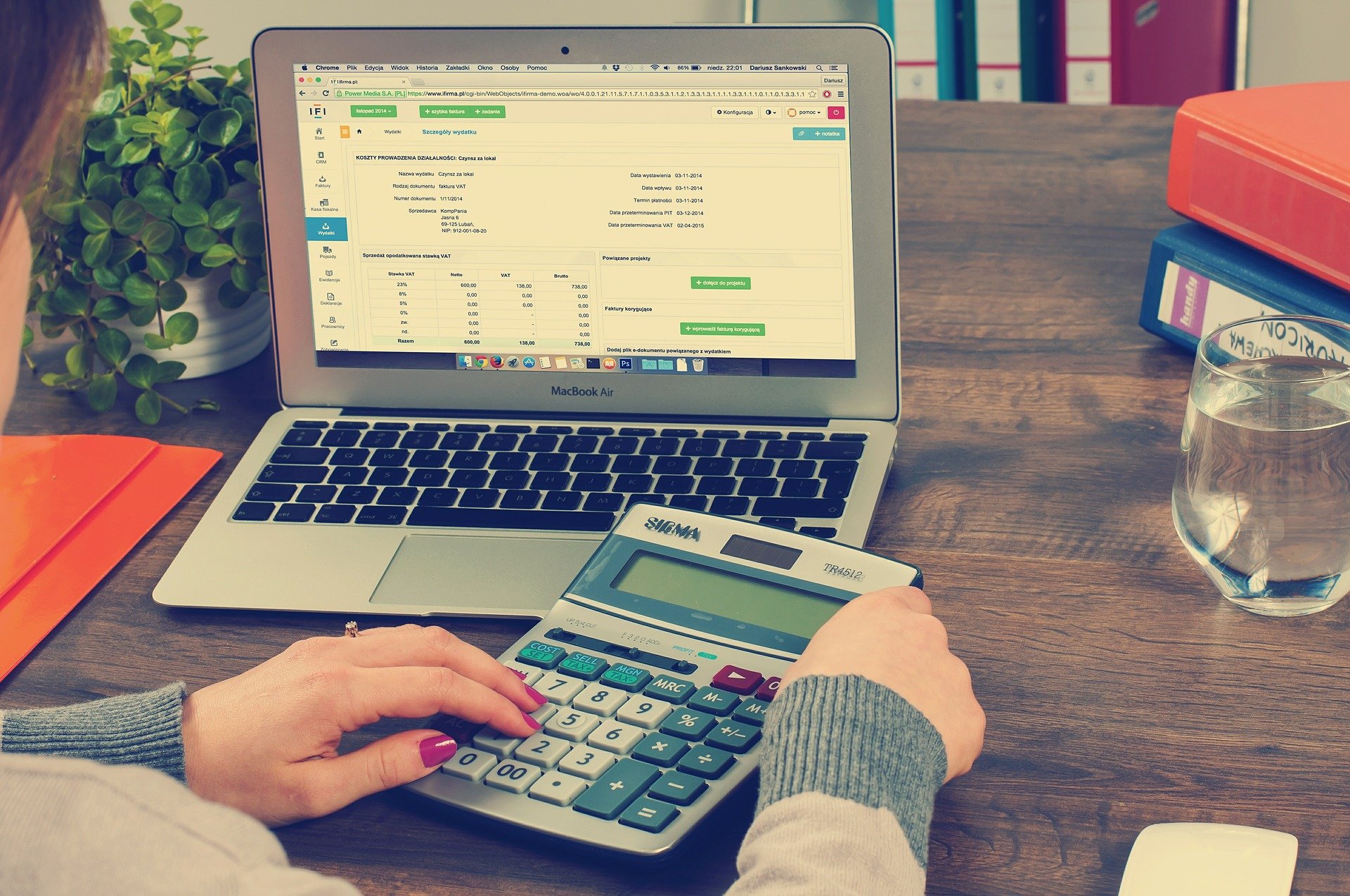
Table of Contents
If you’re filing for bankruptcy, one of the first questions you’ll need to tackle is whether to file under Chapter 7 or Chapter 13. Under Chapter 13, you’ll create a payment plan for the next 3-5 years with the help of your lawyer. You’ll have to repay secured debt, such as a mortgage, as you would outside of bankruptcy and your unsecured debt is paid on a percentage basis according to how much non-exempt property and disposable income you have.
Under Chapter 7, your assets temporarily become part of the bankruptcy estate and the bankruptcy trustee sells any non-exempt property to pay back your creditors. As a practical matter, most of our clients who file for chapter 7 don’t lose anything because the California bankruptcy exemptions are able to protect all of their property. The issue with chapter 7 cases is often whether the debtor qualifies in the first place. Qualifying for chapter 7 bankruptcy is a function of income.
Article at a Glance
- If you earn less than the median California income for a household of similar size, then you qualify for Chapter 7 bankruptcy.
- If you earn more than the median California income, you use the means test to determine whether you qualify to file bankruptcy under Chapter 7.
- The income limits for Chapter 7 bankruptcy are updated regularly, so you should contact a bankruptcy attorney to make sure you’re using up-to-date figures when determining whether you qualify.
If You Have Income to Pay Back Creditors…
If you make less than the California median income, you will likely qualify to file for chapter 7 bankruptcy. If that is the case then you have a green light to debt relief, and the rest of this article doesn’t apply to you. However, if you make more than the California median income for a family of similar size, you’ll have to pass the “means test” in order to seek chapter 7 protection.
The first step of the means test compares your average monthly income over the last six months to the median income of a similar-size household in California. Then, you check how much disposable income you have left in deciding whether you should file for chapter 7 or chapter 13.

An expert tip from Barry
Remember: If you earned less than the California median, the means test doesn’t apply. For cases filed after November 1, 2020, the median income in California for a single earner is $62,171 per year, or $5,180 per month. For households with more than one person, it starts at $82,418 per year. If the average of your last six months of income is greater than the median income in your state, you must move to the second step of the means test.
Do You Have Money to Fund a Chapter 13 Plan?
The means test doesn’t allow all of your actual expenses to be deducted from your current income. Some expenses, like a mortgage or car loan payment, can be deducted, but the means test requires use of national and local standards (supplied by the IRS) for most living expenses. Brand-name clothing and expensive meals out won’t be deductible.
The second step of the California means test measures whether you will be able to pay back some of your debts.
First, take your monthly income and subtract your allowable expenses to find your disposable income. You may subtract any actual car or house payments that you’re making. Other allowable expenses don’t depend on your actual out-of-pocket payments, but are instead based on national standards for living and health care costs and local standards for housing and transportation costs.
For a single person, national standards for cases filed after May 15, 2021, allow $723 of living expenses for food, housekeeping supplies, apparel and services, personal care products and services, and miscellaneous expenses. A single person under the age of 65 can also deduct $68 for out-of-pocket medical costs. For a single person in Los Angeles County with a mortgage and a car, you can deduct $1,842 for housing expenses and $254 for vehicle operating costs. You also can deduct your car payments, payroll taxes, childcare expenses, court-ordered payments, and certain insurance expenses.
Look at Your Disposable Income
If your disposable income after expenses is less than $128, you qualify for Chapter 7 under the means test. If it’s more than $214, you do not qualify. If you fall into the gray area between, you’ll have to complete one more step.
First, multiply your monthly disposable income by 60 to find the total amount you could pay to creditors over a five-year Chapter 13 plan. Next, add up all of your unsecured, non-priority debt (including your credit card bills and medical debt) and divide the total by four. If the first number is less than the second, meaning that you will not have enough disposable income to pay off 25% of your unsecured debt over 5 years, you still qualify for Chapter 7. If you’ll have enough to pay the 25%, you’ll have to file for Chapter 13.
After all that, the court may still reexamine your qualification for Chapter 7 by evaluating the totality of the circumstances surrounding your case. For example, you may drive a very expensive car and live in a luxurious home and qualify for Chapter 7 by the numbers. The court likely will not approve a Chapter 7 filing in that situation. Conversely, you may have more than $214 in monthly disposable income and still demonstrate your need for Chapter 7 bankruptcy, in which case the court will allow it.
California Bankruptcy Means Test Calculator
While the basic goal is to get your disposable income low enough to qualify, the means test is complicated in application. It’s always a good idea to consult a bankruptcy lawyer to make sure you’re getting all the deductions you’re entitled to. A small means test error can be the difference between a chapter 13 repayment plan that lasts 5 years and a chapter 7 bankruptcy that eliminates all of your unsecured debt in 3 to 4 months.
Points to Clarify
- Household Size: For means test purposes, your income is compared to California families of a similar size. If you’re a single person living in Pasadena, you’ll be compared to the income of other California singles. Likewise, if you and your wife have two children and live in Los Angeles, your income will be compared to families of four.
- If You Fail the Means Test: Even if your income is above the California median and you don’t have enough expenses to pass the means test, you may still be able to qualify for chapter 7 based on the “totality of the circumstances” or “special circumstances.”
- Income Look-Back Period: When determining chapter 7 eligibility, the income look-back period is 6 months. If you find yourself having trouble qualifying for chapter 7 relief and anticipate a loss of income on the horizon, it may be wise to delay filing for a few months. In many cases, a few months of low income will bring the average income low enough to make chapter 7 a possibility.
The Means Test Doesn’t Apply to Business Debts
While this won’t apply to most, it should be noted that the means test only applies to consumer debts. If you’re filing primarily due to business debts (over 50% of your debt load is business-related), the means test doesn’t apply to you. In that case, you can file chapter 7 regardless of your income.
Generally speaking, a business debt is a debt incurred in pursuit of a profit for your business. If you own a small business in Los Angeles and paid for a flight from LAX to NYC to see an important client and put the bill on the company credit card, that’s a business debt. Unfortunately, your home mortgage will count as a personal debt, which often throws the ratio more toward the personal side.
Get Help Filing for Bankruptcy
Filing for bankruptcy can be intimidatingly complex. You should consult an experienced bankruptcy attorney before you actually file to make sure you’re using the right figures in the right ways. He or she will be able to help you crunch the numbers to reach the best possible outcome for you.
See also:
